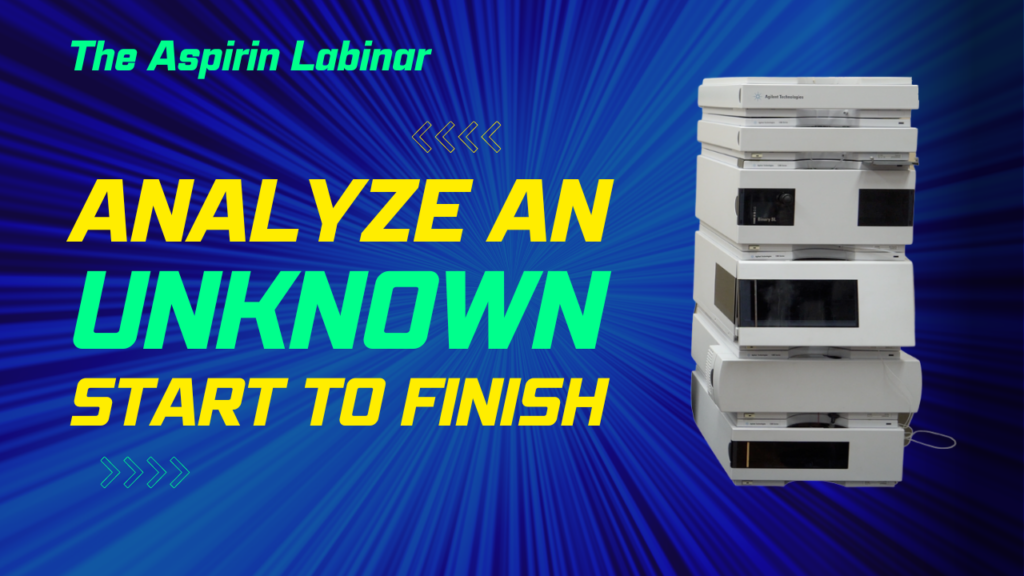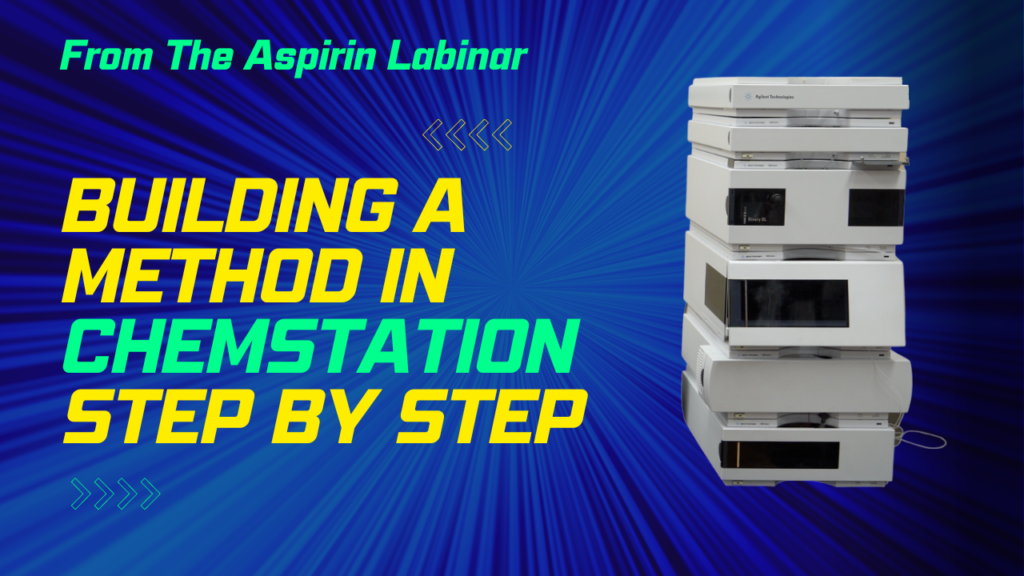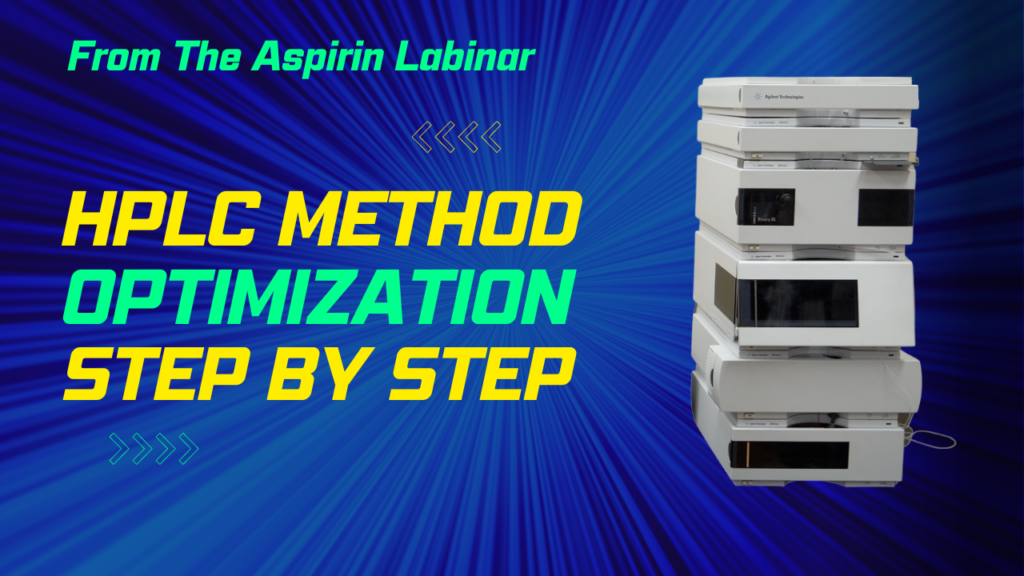Learning the basics of HPLC and some principle of analytical chemistry will help you confidently analyze your own samples from scratch.
Have you ever wondered how much aspirin is in your aspirin tablet or how much caffeine is in your coffee?
Learn some basics of HPLC
In this labinar we show you – step-by-step – how to think about analyzing an unknown sample with HPLC for the first time. We will walk you through sample prep considerations, method development and optimization, and building a calibration curve.
Bonus Videos
There are lots of choices in ChemStation when setting up a method for the first time. Watch Dr. Polite build a method in ChemStation and learn:
How to set up the pump, injector, diode array detector, column thermostat, and more.
A scouting run will show you what conditions you can use for your new HPLC method. But what if you want it to be faster?
Learn how the capacity factor, resolution and selectivity indicate how much the method can be optimized.
With that knowledge you can adjust gradient time and flow rate while maintaining adequate resolution.
Go Beyond the Basics: HPLC Method Development
Many people use high performance liquid chromatography, yet very few understand how it works. HPLC seems like a complicated combination of motors, gears, pressures, flows, chemistry, physics and engineering all combined into one. But actually HPLC isn’t really that complicated. HPLC is just a lot of simple things put together. Check out the HPLC Method Development webinar, also part of the Axion Lite free membership, and you will feel in control of your HPLC. I promise.
Learn how to:
- develop an HPLC method from scratch
- cut your analysis time in half
- what all those buttons do on your HPLC




